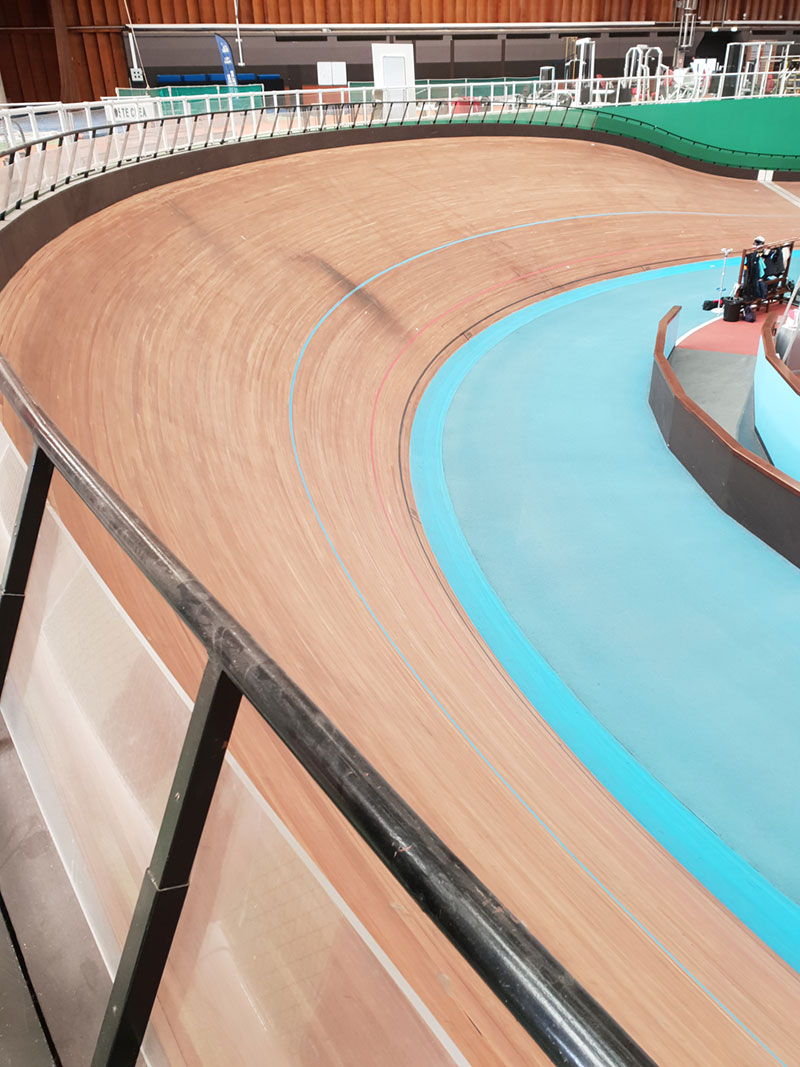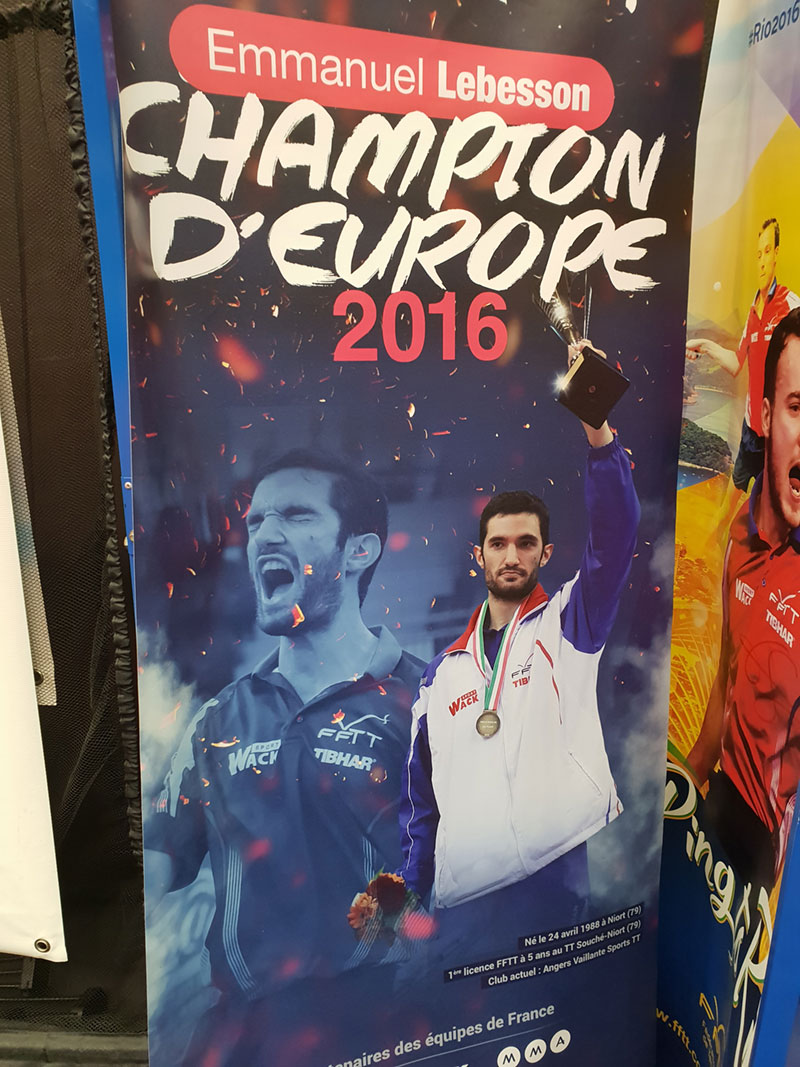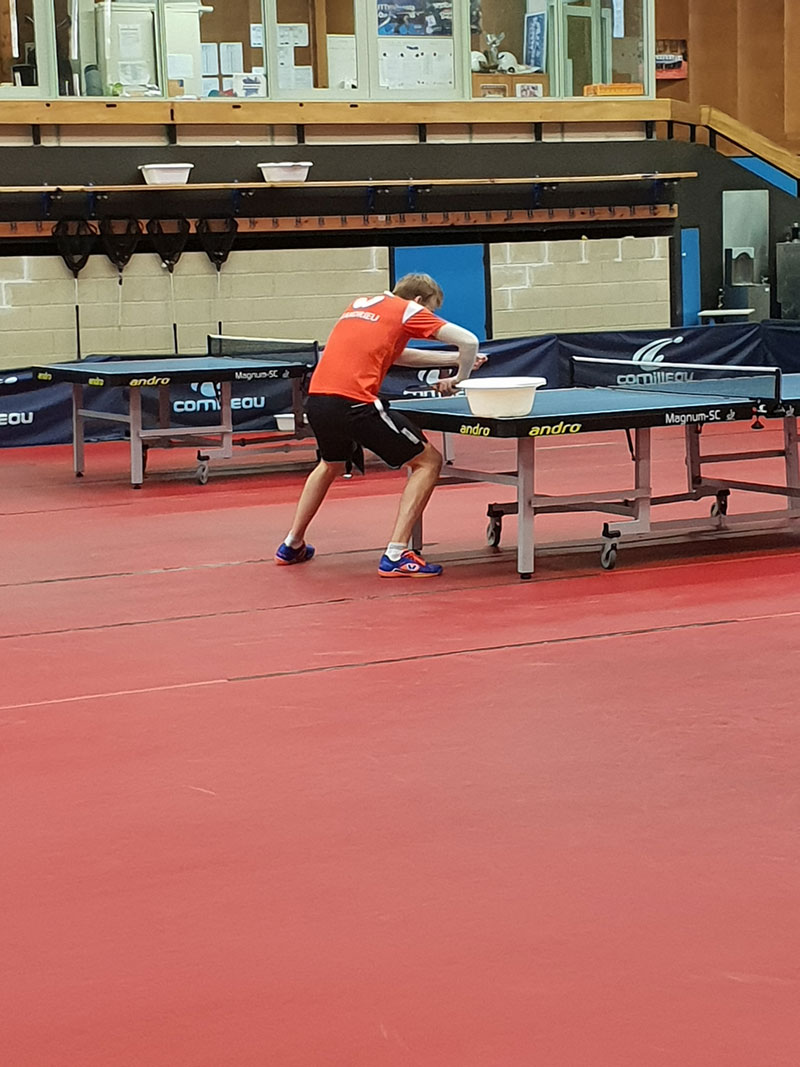ETTU/ITTF ANNUAL COACHING CONFERENCE
There were 15 different countries represented at this conference and the top coach from France and Germany were present.
This was held in Paris on the 22nd -24th October 2018. Paul Rawlings-Jackson attended, supported by ETTU and TTS .
There were 4 main sessions covering Techniques/Tactics which was in 2 parts and Development of young players and Neurophysiological studies related to reaction time. I will summarise the main points that hopefully Scottish coaches will find useful and informative.
1st session was from Chinese coach, Liu Yam Jun who is the ladies coach for Austria.
The main topic was to get players to concentrate on 4 aspects:
WATCH – to work out spin & placement as soon as possible
MOVE – fast footwork to get to ball
HIT – as hard as possible
PREPARE – to get into a balanced ready position
The new ball has led to hit and spin technique where the movement is straighter through the ball than the spinnier low to high movement of the past. The back movement depends on the speed of oncoming ball. Fast punch when close in and powerful hit when slightly back off the table.
Lower body from the legs (not hips) and get the action to work in unison from rotating feet/legs/hips/torso together.
Serving requires pressure on the rubber as well as Spin and more serves as long chops with great speed than previously.
Recover quickly from serve with a ready position with weight on back foot. Backhand drives should be with an open rather than square stance to generate rotation and power.
HIT shots hard into the middle of the table to prevent power from returns. Interesting fact I enjoyed hearing was the use of CHOPSTICKS creates good feeling in the thumb and forefinger, so maybe getting rid of FORKS & KNIVES, is the answer for Scottish players, LOL!
————————
The 2nd session concentrated on changing weight from back foot to front and allowing space away from table to allow a powerful transfer to happen.
Take the ball in front off the body in a position where the arm is bent and not straight to create power.
CURVE body, don’t have an UP & DOWN movement. Move with small steps so player is balanced when ever they play ball.
————————
Session 3 was about developing players (14-18yrs old)
The presenter was Mikael Anderson , High Performance director for Sweden. His main point was that the journey to the top level is long (10 years) with many of the world class players being around 30 years old.
13-16yrs old require:
Goal setting targets
12 month calendar with training every day
Learn to travel/eat and sleep well
Manage intake of confusing information from many coaches/Youtube/etc
Pride in their own style
Technical, talent & GRIT
Enjoy physical fitness
Concentrate well and willing to adapt to changes
Plan for life in TT
17-18 year olds require-
Survive massive drop off rates
Lowering finance from tournaments
From dependence become more Independant
Manage without a personal coach at events (skyping)
Personality battling Performance results
ELITE TRENDS FOR YOUNG PLAYERS-
Feet more parallel for forehand to allow switch of feet for backhand.
Spin flicks with pace and no pace
More players using backhand grip
Tempo change and angled placements on drop shots
Fast aggressive slide serves
Use opponents speed to their advantage
————————
Session 4
With the title – Neuralphysiological correlations and training of vjsuomotor reaction in sports,
I was ready for for some deep theory lecture but was pleased with the presentation from 2 young professors from Cologne and Luxembourg. One discussed how parts of the brain take in messages of colourc and speed and store then in BA6 to send them to the muscles to react.
It was proved athletes perception and transfer times were faster than non athletes. This could be because of generics or training but this was to be studied in the future! A person was fitted with an electro skull cap and reaction times were monitored on a computer. This showed the complexity of the study.
The only thing I could conclude is that players could improve their reaction time more by having more irregular practices in their training to speed up their reaction times.
Recommended Posts
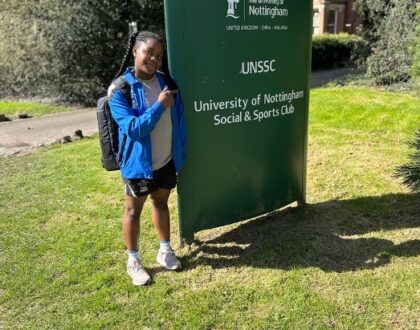
My GBTT Training So Far – Kiishi Adekola
April 18, 2024
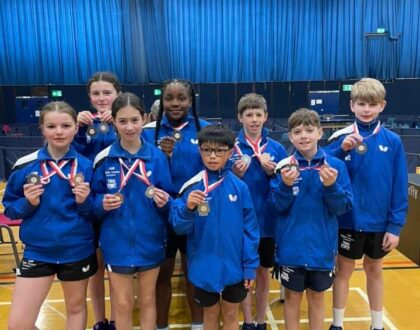
Primary Schools International
April 15, 2024
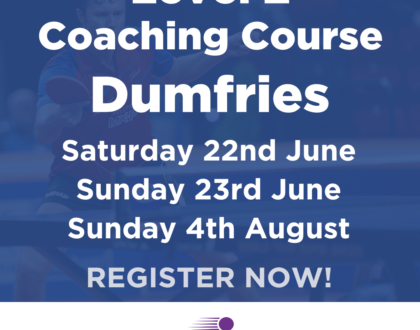
Level 2 Course – Dumfries
April 11, 2024

